A component flow diagram is a type of UML diagram that illustrates and defines the overall components that are part of a composite software system. Component represents a modular part of a system.
They arent used for simpler or straight-forward systems.
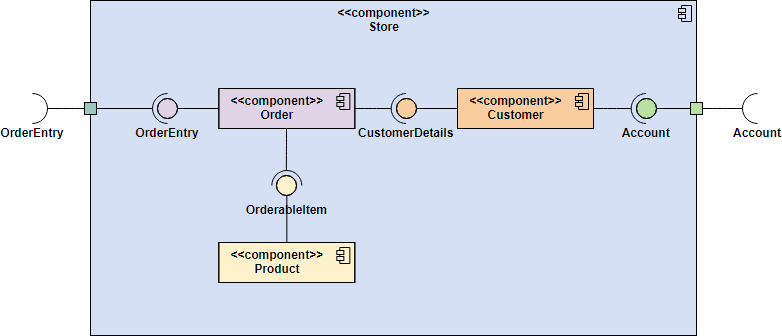
Component diagram meaning. In a configuration file provided in the command line or the Ant task. For the purpose of UML 20 the term component refers to a module of classes that represent independent systems or subsystems with the ability to interface with the rest of the system. A line diagram is used to show the relationship between circuits and their components but not the actual location of the components.
Schematic diagrams only depict the significant components of a system though some details in the diagram may also be exaggerated or introduced to facilitate the understanding of the system. You can define specific color and fonts for stereotyped components. A component defines its behavior in terms of provided and required interfaces.
Line diagrams provide a fast easy understanding of the connections and use of components. In the diagram definition like any other commands. A component diagram has a higher level of abstraction than a Class Diagram - usually a component is implemented by one or more classes or objects at runtime.
A line ladder diagram is a diagram that shows the logic of an electrical circuit or system using standard symbols. A component diagram shows how the various components in a complex software system relate to each other and communicate using interfaces. Component diagrams illustrate the pieces of software embedded controllers etc that will make up a system.
In an included file. Package is used to group elements and to provide a namespace for the grouped elements. It illustrates the architectures of the software components and the dependencies between them.
A component flow diagram may also be called a component diagram and or. Graphically a component diagram is a collection of vertices and arcs and commonly contain components interfaces and dependency aggregation constraint generalization association and realization relationships. Those software components including run-time components executable components also the source code components.
COMPONENT DIAGRAM meaning - COMPONENT DIAGRAM definition. The purpose of a component diagram is to show the relationship between different components in a system. Component diagrams are used to visualize the organization of system components and the dependency relationships between them.
This diagram defines the architectural structure of the entire system in terms of the components and how they are interconnected. The Component Diagram helps to model the physical aspect of an Object-Oriented software system. A schematic diagram is a picture that represents the components of a process device or other object using abstract often standardized symbols and lines.
Package container is used to define UML elements such as classes use cases and components. UML Component Diagram Symbols UML Component Diagram Shapes. They provide a high-level view of the components within a system.
They are building blocks so a component can eventually. What does COMPONENT DIAGRAM mean. They provide a high-level view of the components within a system.
A component diagram also known as a UML component diagram describes the organization and wiring of the physical components in a system. Component diagrams are often drawn to help model implementation details and double-check that every aspect of the systems required functions is covered by planned development.
Railway Reservation System Uml Diagrams

Uml Diagram Types Learn About All 14 Types Of Uml Diagrams
Component Diagram Tutorial Lucidchart
Component Diagram Tutorial Lucidchart
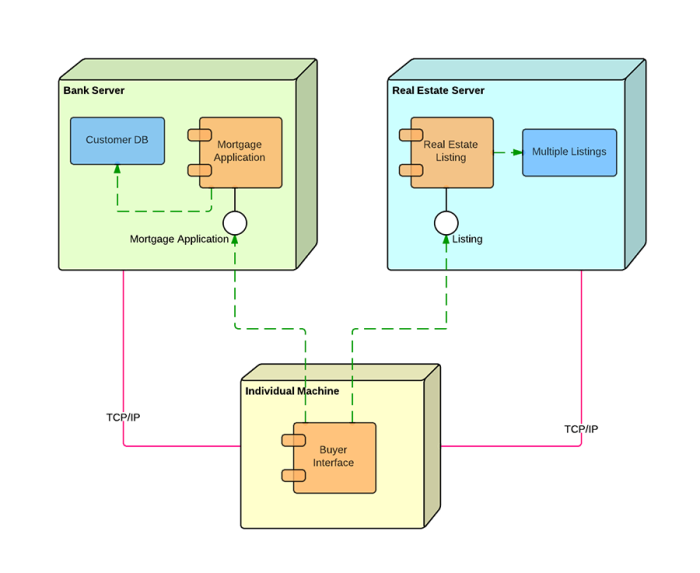
Deployment Diagram Tutorial Lucidchart
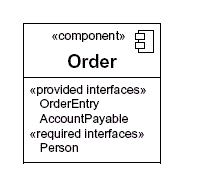
Component Diagram Tutorial Lucidchart
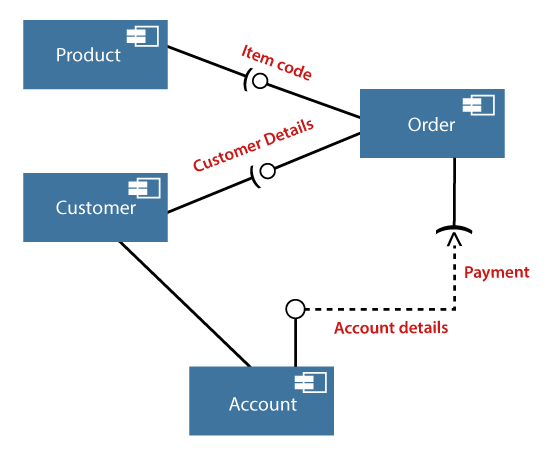
Uml Component Diagram Javatpoint

Difference Between Sequence Diagram And Activity Diagram Geeksforgeeks

Uml Diagram Types Learn About All 14 Types Of Uml Diagrams
Component Diagram Tutorial Lucidchart

Component Diagram Tutorial Lucidchart

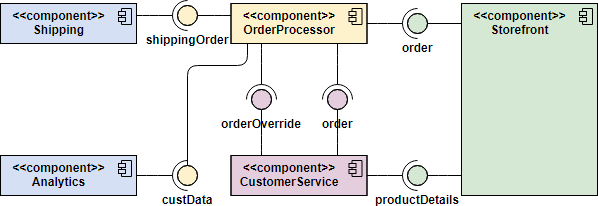

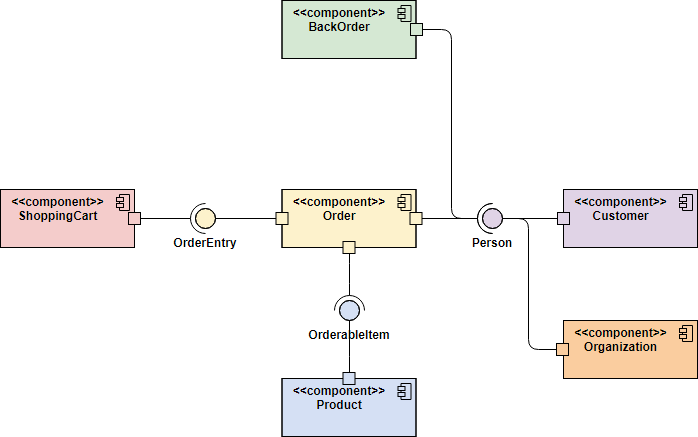
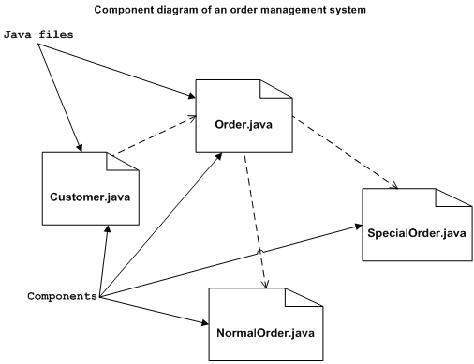



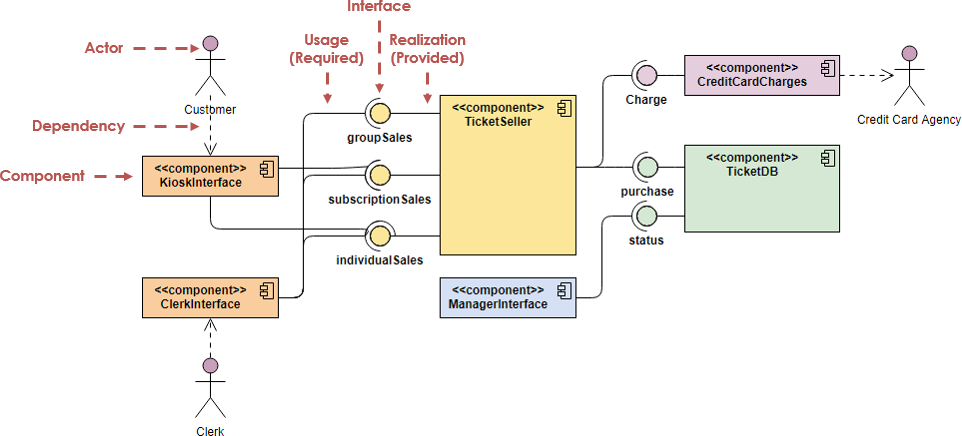
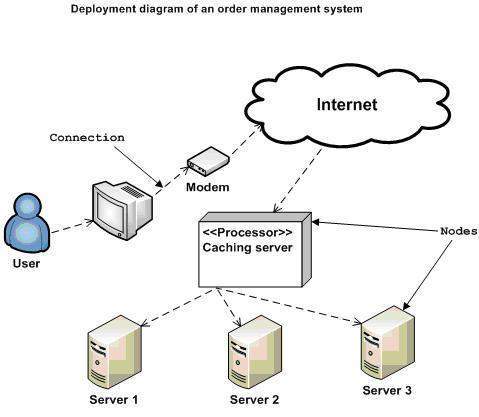

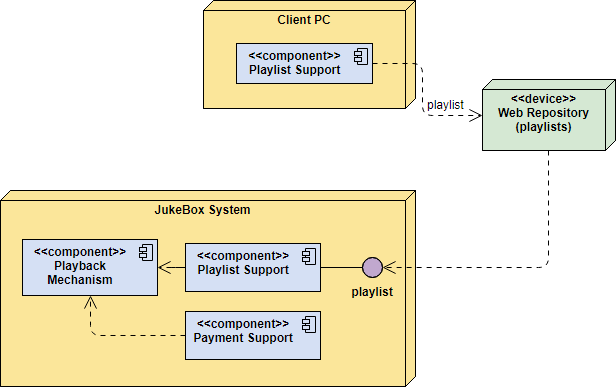
0 Comments